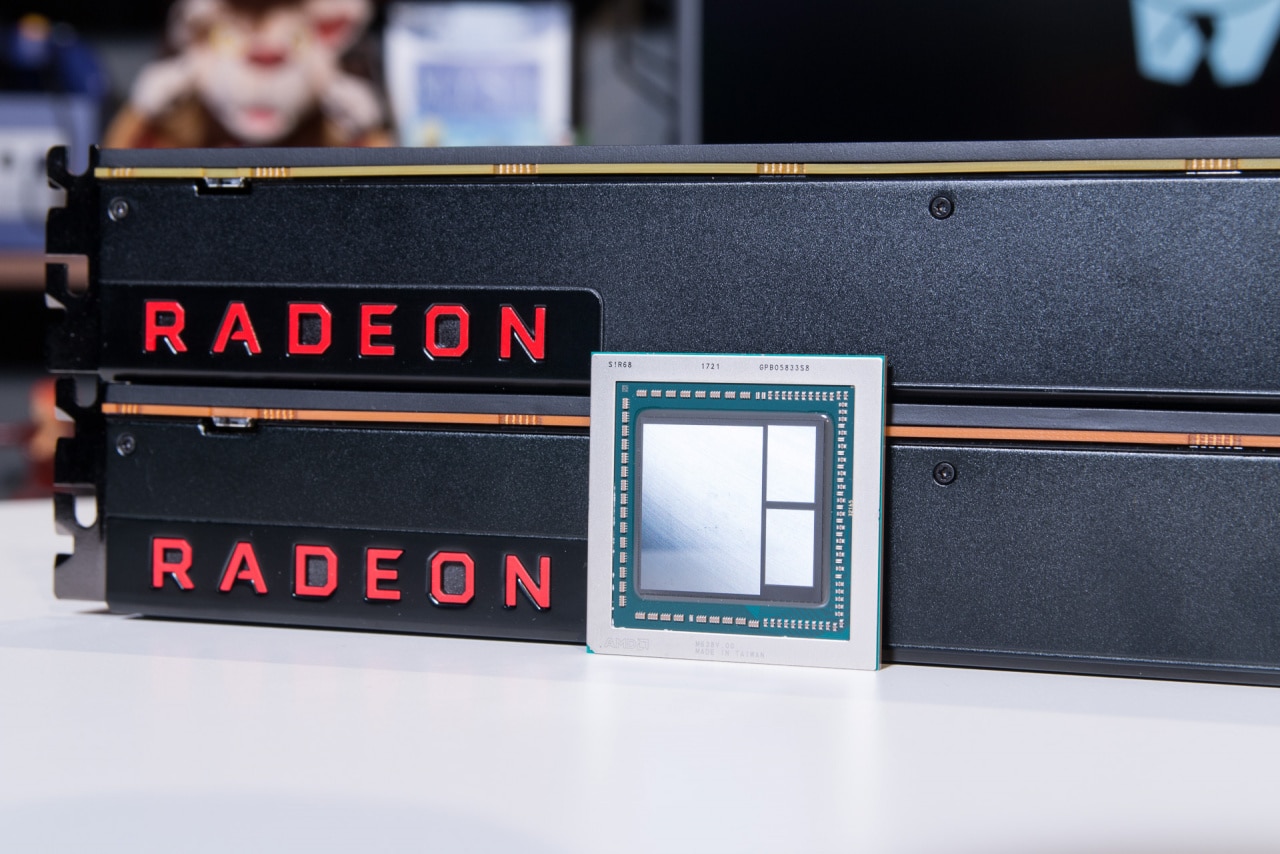Cache memory is a concept that often takes place high up in the specification sheet for new processors. The associated numbers correspond to the amount of memory in the top two layers of the processor’s memory structure: L2 and L3, but the memory is divided into more levels than that and for each level there is a delay. A hierarchy like this can also be found in the world of graphics cards, but both the amount of memory and latencies are often left there in tests and marketing.
Now the site Chips and cheese chooses to change that thing and put the latest graphics architectures from Nvidia and AMD under the microscope. It is thus about “Ampere” and RDNA 2, respectively, where the latter show clearly lower latencies and in addition more cache memory. In true memory, these are differences in nanoseconds (ns), but an outstanding detail is that AMD’s Infinite Cache – part of compensating for a narrower memory bus – manages Nvidia’s L2 cache despite two extra memory levels.
The conclusion is that it is a heavy process to move data through the large GA102 circuit, which is used in the tested Geforce RTX 3090. On the AMD side, the Radeon RX 6800 XT is the test object in the comparative test, but the hardware examined varies with the tests why they are not directly comparable. Chips and cheese speculate that the latency advantage of the RDNA 2 architecture may be the underlying cause of good performance in lower resolutions.
When the gaze is shifted to how the latencies stand against processors and older graphics cards, a landslide victory is seen in favor of the processors. The results of the tested Intel Core i7-4770 processor mean that a logarithmic scale is needed to accommodate the AMD Radeon RX 6900 XT in the same diagram. Namely, the processor manages to consult the primary memory of 63 ns while the GDDR6 memory of the graphics card takes almost four times as long to reach.
However, AMD’s development has gone in the right direction with clear downward steps in the latest generations of memory latency, especially between the architectures Terascale 3 and Graphics Core Next 1.0 (GCN). Nvidia has instead maintained approximately the same level through four architectures. Worth keeping in mind is that Chips and cheese means that the memory stand is under construction and more comparisons and possible patterns are therefore to be expected in the future.















